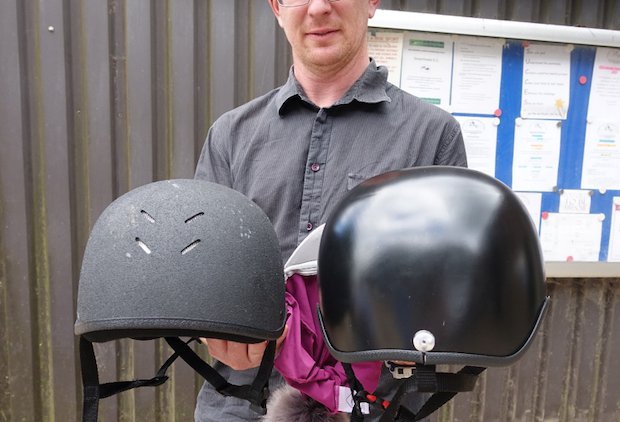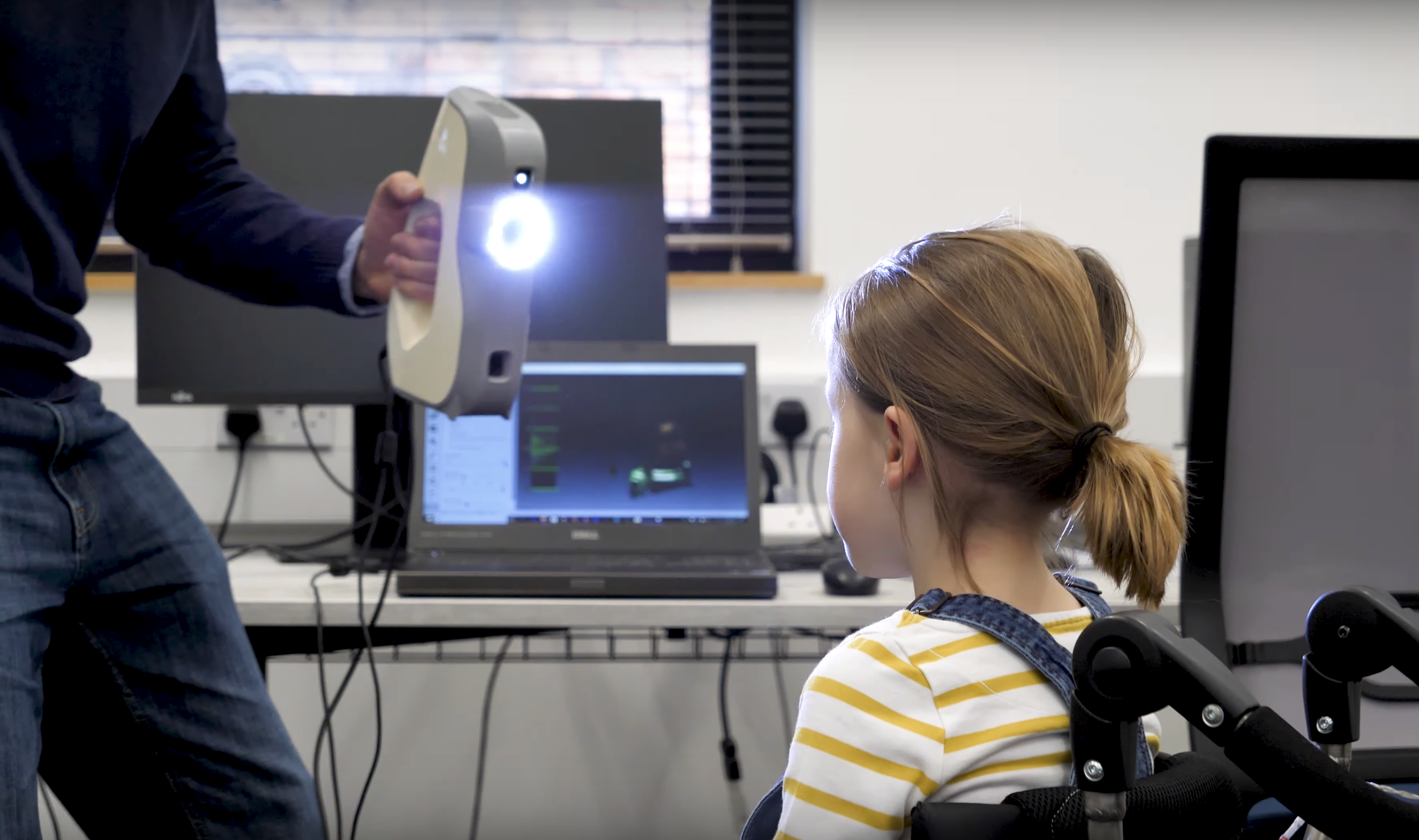Cerebra Innovation Centre (CIC), a UK charity dedicated to help children with brain conditions, has produced a customized horse riding helmet for a disabled child through 3D scanning and 3D printing. Imogen is a young dressage riding enthusiast diagnosed with hydrocephaly which causes her head shape to be unusual. Working with Assistive Technologies Innovation Centre (ATiC), they produced a 3D model from scans and 3D printed the moulds that perfectly fits Imogen’s head. Encouraged by this success, CIC is going to create more customized products for children using 3D scanning and 3D printing.
In search for a helmet that fits like a glove
Born 11 weeks early, Imogen has hydrocephaly, an excessive swelling of the brain and lives with a form of cerebral palsy. Horse riding allows Imogen to relax her muscles which is essential in her therapy. Passionate about the sport, Imogen excels in dressage riding.
However, her condition also makes finding riding helmets that fit correctly extremely challenging. Regular riding hats are either too small, tight or big for her, often causing headaches. This led Imogen’s family to turn to national charity Cerebra. Previously, Cerebra and its innovation centre had produced several custom helmets for children with hydrocephaly.

Wrapping the head around 3D printing
In cooperation with ATiC, Cerebra harnessed 3D technologies to make a custom helmet for Imogen. First, a scan of Imogen’s head was conducted using the Artec Eva 3D scanner, which was completed in less than a minute. Data of her head was then exported from from Artec’s Studio software into a CAD programme, transforming the exact dimensions into a precise 3D model.
After 3D printing the mould, layers of fibreglass and Kevlar were laid up using epoxy resin to make a strong outer shell. Serving as a protective layer, the inner polystyrene liner exactly the shape of Imogen’s head was exported for CNC machining. The resulting helmet has passed safety tests, fully approved and certified by the British Standards Institution.
“It’s only thanks to the team at Cerebra that she’s been able to have this adventure – she’s never been able to do anything like this before because of her cerebral palsy,” said Imogen’s mother. “Being able to do things like this is a real boost to her confidence and self-esteem.”
Making customized assistive devices
Assistive technology has hugely benefited from the flexibility of 3D printing. Other than prosthetics, a range of 3D printed assistive devices are now available for various aspects of living. Customized Xbox thumbsticks and foot controllers have been 3D printed for gamers with disabilities. In paralympic games, 3D printed bike handles were developed for a para-cyclist with paralysis. Helmets are just the start for CIC’s application of 3D printing.
“We’re really just at the beginning with the Eva scanner, because we’re creating customised products for each individual child,” commented Dr Ross Head, the Design Manager at CIC. “Eva lets us makes things using a child’s exact measurements, so when it’s time for the child to put it on, or sit down or in it, it fits like a glove. And for a child who’s used to going through life feeling like they’re not fitting in, this kind of perfect fit is simply a dream come true.”

For the latest additive manufacturing news, subscribe to the 3D Printing Industry newsletter, follow us on Twitter and like us on Facebook.
Looking for a career in additive manufacturing? Visit 3D Printing Jobs for a selection of roles in the industry.
Featured image shows Imogen wearing CIC’s customized helmet. Photo via Cerebra.



